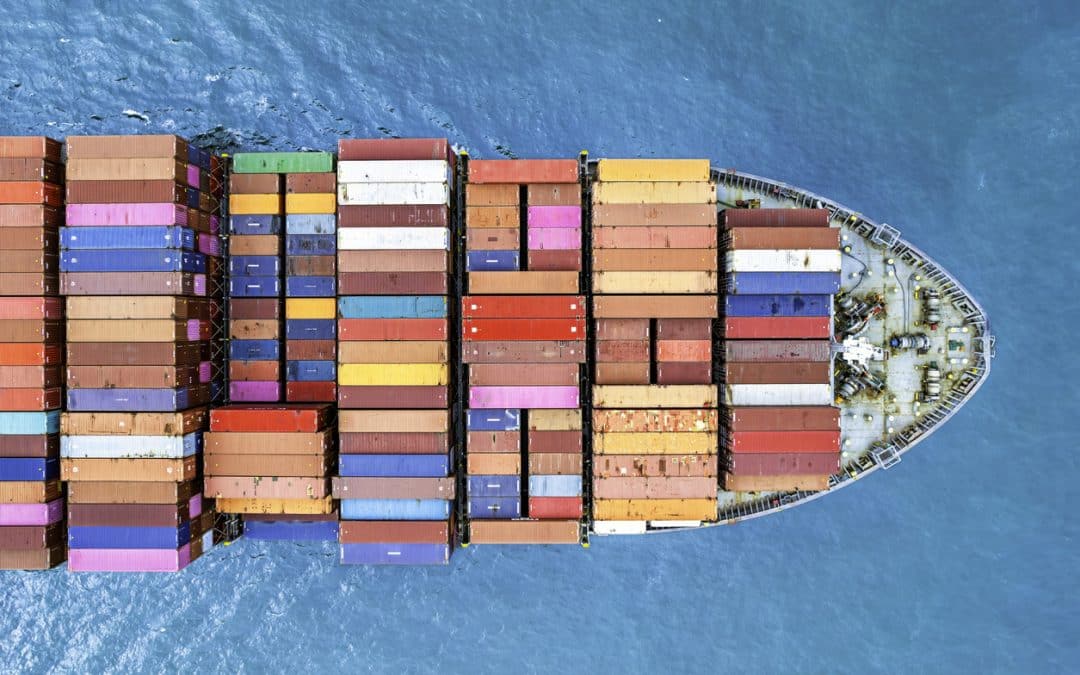On December 20th, 2020 the State Taxation Administration (STA) issued an Announcement on Matters Related to the Digitization of Special VAT Invoices Among New Taxpayers (STA [2020] No. 22). The announcement put into effect the next step of the digital transformation of China’s VAT administration system and includes welcomed developments for businesses in China. Eligible taxpayers in China who are permitted to claim input VAT using special VAT fapiaos may begin receiving electronic special VAT fapiaos as of December 21st, 2020.
Electronic special VAT fapiaos were first announced in July 2020 when the State Council issued an Implementation Opinion on Further Optimizing the Business Environment to Better Service Market Participants (Guobanfa [2020] No. 24). The implementation opinion by the State Council set the goal to expand the use of electronic Special VAT Fapiaos nationwide by the end of 2020.
In the following months, areas within Ningbo, Shijiazhuang, and Hangzhou began piloting the electronic special VAT system amongst selected taxpayers, limiting the scope of invoice recipients to within their tax jurisdictions.
Starting from December 21st, 2020, the use of electronic special VAT fapiaos was implemented among new taxpayers in 11 regions including Tianjin, Hebei, Shanghai, Jiangsu, Zhejiang, Anhui, Guangdong, Chongqing, Sichuan, Ningbo, and Shenzhen – to whom the scope of invoice recipients can be enterprises nationwide.
Additionally, from January 21st, 2021, the use of electronic special VAT fapiaos is to be implemented among new taxpayers in 25 regions including Beijing, Shanxi, Inner Mongolia, Liaoning, Jilin, Heilongjiang, Fujian, Jiangxi, Shandong, Henan, Hubei, Hunan, Guangxi, Hainan, Guizhou, Yunnan, Tibet, Shaanxi, Gansu, Qinghai, Ningxia, Xinjiang, Dalian, Xiamen, and Qingdao – to whom the scope of invoice recipients can be enterprises nationwide.
While the scope of electronic special VAT fapiaos has been expanded to enterprises nationwide, electronic special VAT fapiao issuance is currently limited to newly registered taxpayers – the scope of which is to be confirmed by local tax authorities. Existing enterprises in China are, at the time of writing, are unable to apply for the ability to issue special VAT fapiaos electronically and must wait for further implementation of the invoicing system.
What are electronic special VAT fapiaos?
Electronic Special VAT fapiaos are electronic invoices issued as proof of purchase of goods or services used for expense deductions as well as crediting input VAT from output VAT payable. According to the SAT announcement, electronic special VAT fapiao’s legal effect, basic purpose, and basic usage regulations are the same as their paper counterparts – including the company limits on fapiao quantity and invoice amount.
Once selected taxpayers receive approval from the tax authorities, they will be provided with the UKey free of charge – a special VAT hardware device that contains the authentication token of the taxpayer used to digitally certify electronic special VAT invoices.
Selected taxpayers may log onto the Comprehensive Service Platform for VAT Fapiaos belonging to their tax jurisdiction to download the new UKey authentication software to begin issuing the new form of invoice.
As is the case with paper-based special VAT fapiaos, invoice receivers must log in to their respective National VAT Invoice Verification Platform to verify any electronic special VAT fapiaos they receive – a necessary step for enterprises and individuals to claim input VAT in China.
Benefits of electronic VAT fapiaos
Compared to their paper counterparts, electronic special VAT fapiaos are simpler to acquire, issue, deliver, and manage for taxpayers.
Electronic special VAT fapiaos have a simplified layout, removing the section reserved for the official fapiao stamp of the seller. Instead, electronic special VAT fapiaos are affixed with an electronic signature, eliminating the need to manually affix the official fapiao stamp to a paper copy.
For invoice issuers, acquiring electronic special VAT fapiaos is also much faster. Selected taxpayers can obtain electronic special VAT fapiaos using the Comprehensive Service Platform for VAT Fapiaos – and can be used instantaneously upon approval by the tax authorities – compared to their paper counterparts for which the paper must be requested online and physical shipped to the taxpayer before the fapiao can be issued.
Once an electronic special VAT invoice has been issued, the invoice can be delivered to the invoice receiver electronically for them to verify and print for their financial records – eliminating the need to deliver a physical invoice via courier or other means.
Additionally, electronic special VAT invoice records are stored in a cloud server. If an invoice is lost or damaged, the invoice issuer can retrieve an original copy from the cloud server to provide the invoice receiver with little effort.
Handling electronic special VAT fapiaos
Since electronic General VAT fapiaos were fully implemented in 2016, electronic invoices have gained widespread use. Taxpayers nationwide can already begin receiving electronic special VAT and their usage will likely increase as more taxpayers implement the new electronic invoicing system.
Taxpayers should note that electronic special VAT invoices have the same legal effect as their paper counterparts and should take caution of the risks associated with their administration. As VAT administration becomes more and more technologically integrated, tax authorities have more power to control, collect, and inspect taxable activities.
Taxpayers should be cautious of the risks associated with electronic invoice management and ensure compliance with the Notice on Regulating the Reimbursement and Filing of Electronic Accounting Vouchers (Caikuai [2020] No. 6). It’s especially important to take steps to avoid receiving or falsely issuing special VAT fapiaos. If products are refunded or taxpayers mistakenly issue an electronic special VAT fapiao, the invoice issues must issue a negative fapiao (负数发票) – also known as a red-letter special fapiao – and keep records of both invoices.
Additionally, if enterprises use a paper printout of an electronic special VAT fapiao for reimbursement, the enterprise must also save the original OFD format electronic accounting voucher of the paper printout. Thus, enterprises are encouraged to review their current accounting procedures and implement additional measures for the handling and management of electronic records.
For more information on VAT management, please contact us to speak with a tax specialist.







